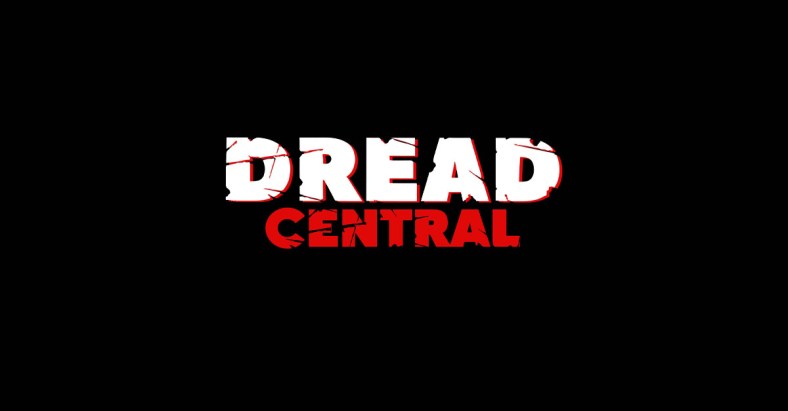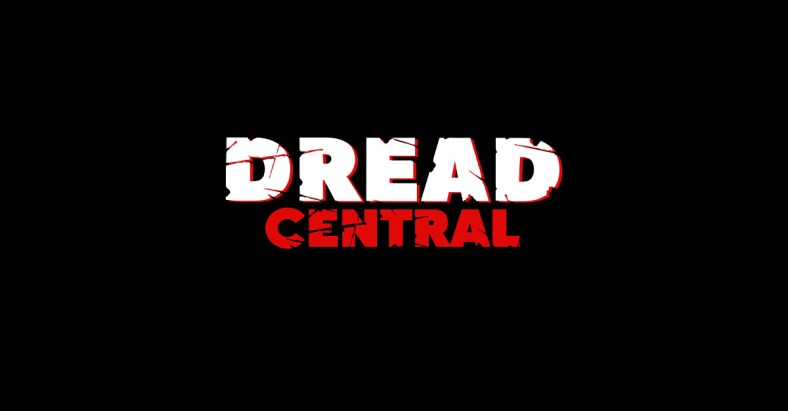Exclusive: Organizer Miki Hickel on the History, Significance, and Future of WOMEN IN HORROR MONTH

“Women don’t want to be scared.”
“Women don’t like seeing gore or violence.”
“Horror is a guy’s genre.”
The notion that women don’t belong in a particular genre — especially one that is supposed to be as welcoming as the horror genre — is incredibly outdated to us nowadays.
The late and great Bela Lugosi once said, “It is women who love horror. Gloat over it. Feed on it. Are nourished by it. Shudder and cling and cry out-and come back for more.”
While women’s place in horror was obvious to Lugosi even in his time, the rest of the society had to catch up as women in the genre continued to face judgment and criticism. This was common enough even in 2009 that it fueled a group of passionate women to start their own grassroots initiative in hopes of making a change.
Women in Horror Month is an inclusive and positive movement that has endlessly supported and showcased the underrepresented work of women in the horror industries. This includes those on screen, behind the scenes and contribute in any other artistic way.
So when they recently announced this February would be the final Women in Horror Month and that the organization would be coming to an end, it left many fans wondering why.

We spoke with Miki Hickel, WiHM’s director of communications, to discuss the history, significance and future of Women in Horror Month in greater detail.
“We think it’s very important to emphasize that this is not the end of WiHM,” Hickel tells Dread Central. “To us, WiHM has always been an idea, not a group. So, we’re just doing away with the official organization.”
Hickel stepped in for founder Hannah Neurotica at the beginning of 2020 after Neurotica had a health emergency. Through this, Hickel says she and the team were able to see how much the WiHM community had grown; all on its own too.
“If this had happened ten years ago, there is no way I would have been able to step in and coordinate everything Hannah once had to. But the community has taken so much of that responsibility off of us that we started to re-evaluate our involvement,” Hickel says. “People don’t need help figuring out how to celebrate WiHM. Their events are well-planned and well-executed, and so many of them only needed us for the WiHM logo.”
The WiHM team often found themselves turning down sharing content and events just because they weren’t happening in February, something they felt was stifling natural growth.
Women in Horror Month’s immeasurable progress became a clear indication to the gals that they had accomplished what they initially set out to do — bring awareness and support to women in horror.
Hickel adds that the two biggest public challenges WiHM faced over its 12-year run “loomed very large” in the decisions they’ve made recently.
The first challenge being the issue of problematic people and organizations using their participation in WiHM to excuse bad behavior, and the second, discussion on whether WiHM should be moved to March.
“We feel that disbanding the official org protects the idea of WiHM from any damage that could be done by former associates and sponsors. Recommending the community change from Women in Horror Month to Women in Horror Movement addresses the issue of people not wanting to take away from Black History Month AND our concerns that limiting the community to just one month was stifling a potential for growth,” Hickel says.
Women in Horror Month started with just a handful of women who pulled together ideas and shared them. They devoted their free time and whatever money they could scrape together to make the idea look real, polished and approachable, Hickel says.
Upon their formation, WiHM received aggressive opposition from men and women and were called sexist for only highlighting women. But when women began sending emails thanking WiHM for the confidence to share their work, it inspired WiHM to keep going.
Thanks to the organization’s everlasting efforts, there have been WiHM events all over the world. (At last count, there have been events in 17 countries.)
The women behind Women in Horror Month have been recognized for the good change they sought to make within the horror community. This landed them a Rondo Hatton Classic Horror Award among nominations for several others, a shoutout from Elvira on Instagram and being the voice for women in horror whenever called upon.
“That sort of acceptance among the greater horror community felt pretty great,” Hickel says.
The group was surprised every time they hit a major milestone, whether it be the first event outside North America, someone from Australia buying a shirt or hitting 10,000 followers on Facebook.
Hickel says the numbers have led the organization to have faith that WiHM will do just fine, if not, better without them.
“The significance of WiHM lies in its reach. Every time someone used that hashtag, they added to the power of the community,” Hickel says. “The community has created this larger entity and we’ve gently guided from behind the scenes. Being able to step away now is the most rewarding part. Because that guidance isn’t needed anymore.”
While it may seem like it’s the end, Hickel insists WiHM is not over. It’s just changing.
As the organization disbands, they hope to see people use the community to help their projects succeed. Hickel says the team would like to see books published, movies made, art sold and the audience for the work to grow; “for new stories and points of view that all women bring to the table to find their time in the sun.”
“Ultimately, for us, the greatest accomplishment is to not have our personal presence needed anymore. WiHM is still needed, but that need has changed. It’s not just about being recognized as legitimate contributors to the genre or demanding access to horror without being judged. It’s now about getting the work seen and made. And even that has improved over the years. We feel like WiHM made some positive change…and as cheesy as it sounds, that’s enough for us.”
The ladies behind Women in Horror Month will be shifting their focus on the organization’s sister projects, Ax Wound and the Ax Wound Film Festival. They will be writing, painting, designing, teaching and perhaps even partaking in non-horror-related work. They will still be available for interviews or consulting, just no longer under the official WiHM name. (For more information, please visit the Women in Horror Month website HERE.)
As the final WiHM comes to a close, we at Dread Central would like to thank the organization’s members for all the change they’ve brought to the community over the past decade. Here’s to celebrating women in horror all year-round!

Categorized:Interviews News

